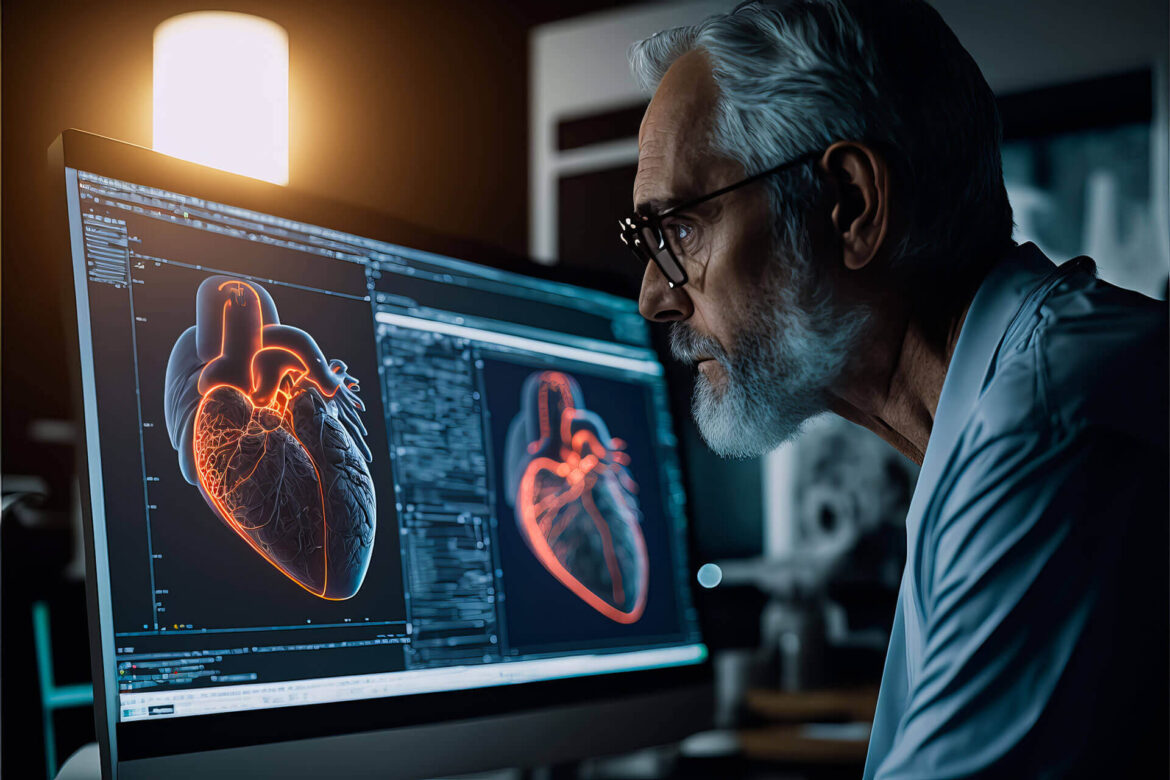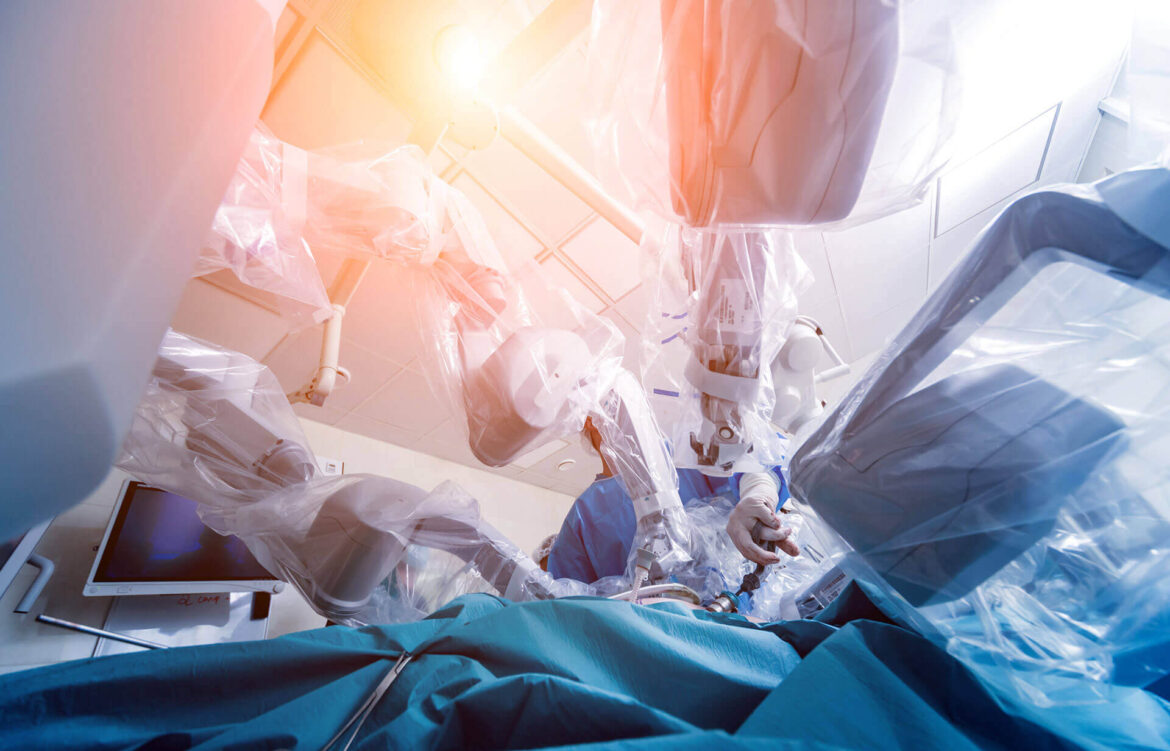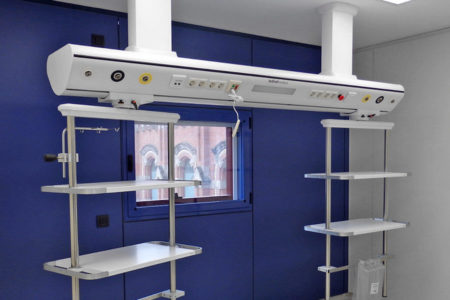The five big trends in healthcare technology for 2024
From generative artificial intelligence to surgical robots, the big trends in healthcare technology for 2024 are moving at high speed on the back of constantly moving innovation.
Or what is the same: this 2024, technological advances are shaping major changes in how healthcare is provided around the world.
A health industry that has been experiencing an era of rapid advances in technological trends, revolutionizing the provision and accessibility of health services. As we look to the future, the year 2024 promises significant transformations in technology trends that will shape the new healthcare landscape.
At Tedisel Medical we are committed to the following segments of the healthcare industry as those with the greatest impact on healthcare in 2024.
1. The binomial artificial intelligence & healthcare
The artificial intelligence revolution in healthcare is already underway. AI algorithms can analyze large amounts of patient data, aiding in the accurate diagnosis of diseases, predicting treatment outcomes, and personalizing treatment plans.
We are talking about summarizing medical research and clinical notes, performing a multitude of tasks in less time, or simply addressing chronic problems in hospitals, especially for staff. Likewise, it will continue to help in the diagnosis of more diseases, especially through advanced imaging.
In 2024, we will see advances in machine and deep learning techniques, as well as real-time monitoring of health conditions and proactive interventions. Everything, to establish a future full of smart hospitals.

2. Wearable devices and apps: a growing partnership
More and more consumers are taking charge of their health thanks to the integration of wearables, portable devices and complementary apps, supporting the rise of telemedicine as remote patient care.
These devices, equipped with sensors and monitoring capabilities, allow for continuous monitoring of vital signs, activity levels, and other health parameters.
Thus, real-time virtual collaboration will allow platforms to redefine how health professionals communicate and collaborate, especially in remote or underserved areas.
Through video conferencing, teleconferencing, and secure messaging, healthcare teams can collaborate in real time, regardless of their geographic locations.

3. The most sustainable health technology
Today, consumers demand that their healthcare be as sustainable as their transportation, food and housing. Or at least, heading towards it.
Consequently, health technology companies have been incorporating decarbonization into their medium and long-term business strategies and committing to new waste elimination and packaging reduction efforts.
As we said before, telemedicine also helps to reduce emissions even further, and is being a key factor about which new developments continue to appear.
“Today, consumers demand that their healthcare be as sustainable as their transportation, food and housing.“
4. Surgical robots
The rise of surgical robots is another of the big trends in healthcare technology in 2024, an unstoppable development as the technology is more easily adopted in operating rooms around the world.
In fact, the global surgical robot market is expected to reach a value of around €14 billion by 2030, almost quadrupling what it is today. Some surgical robots are already connected to artificial intelligence platforms to improve surgical decision-making, especially through augmented and virtual reality as a training tool for surgeons.

5. Fairness, privacy and access to data
As artificial intelligence takes on a larger role in healthcare, it is imperative that data is collected, analyzed, interpreted and distributed without bias. Some industry observers believe blockchain technology, also on the rise in the healthcare sector, can help.
However, in the coming months, data analysis will be the agent that plays a crucial role in health, providing very valuable information for decision making, improving patient outcomes and increasing operational efficiency.
For now, however, healthcare organizations are investing more in data privacy and embracing greater ethical use of artificial intelligence.







